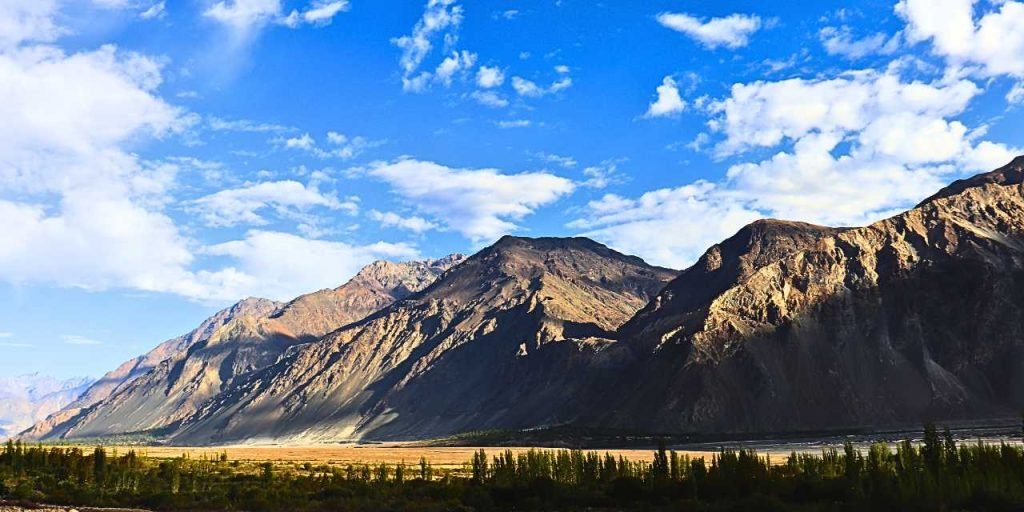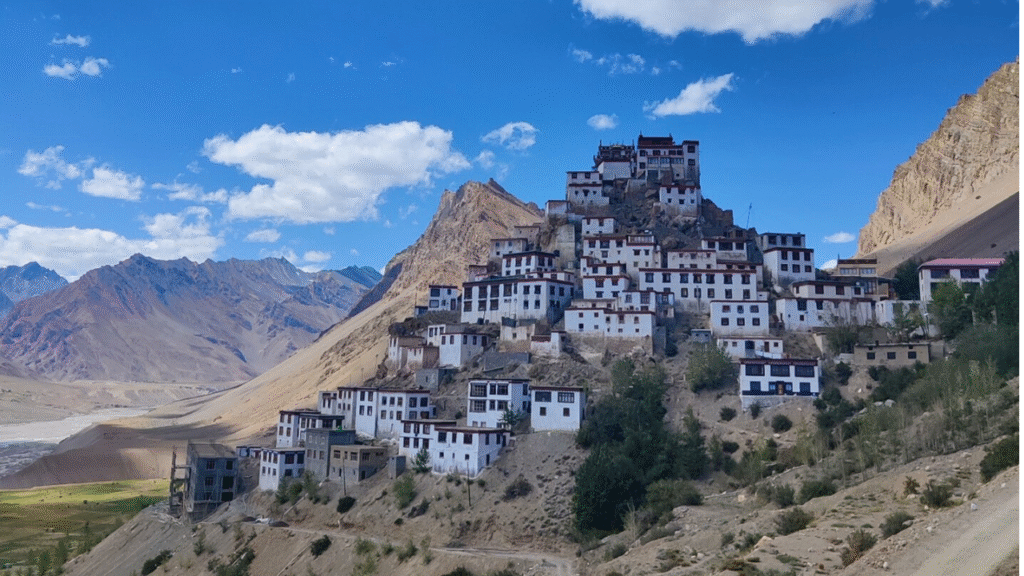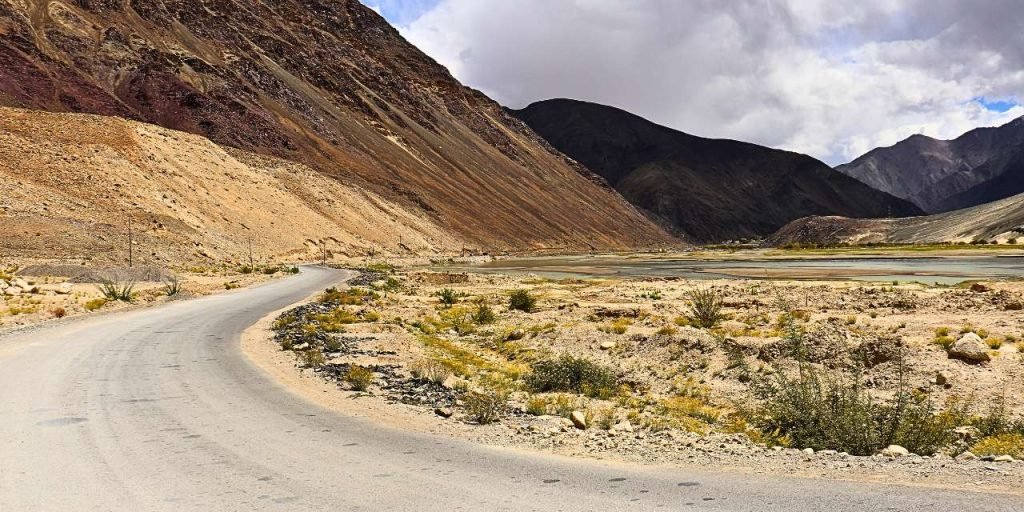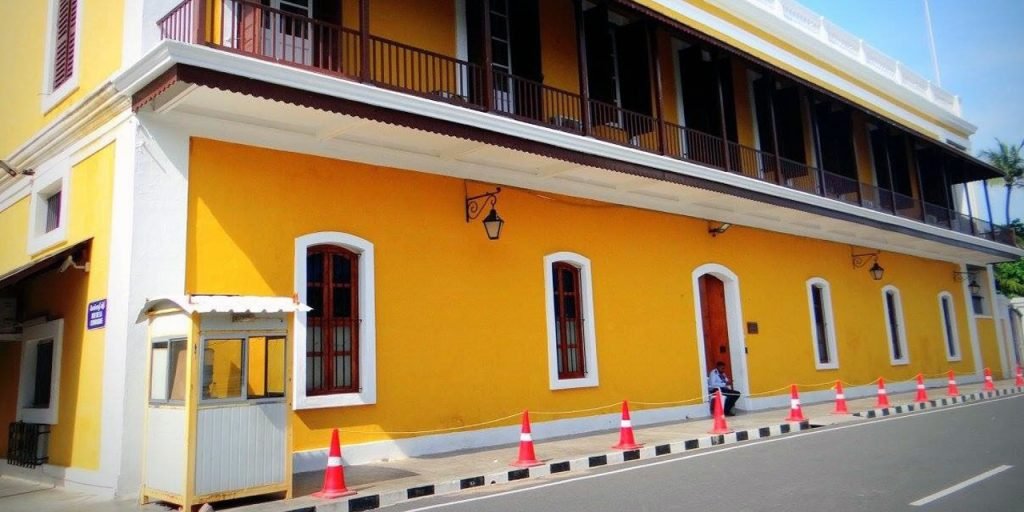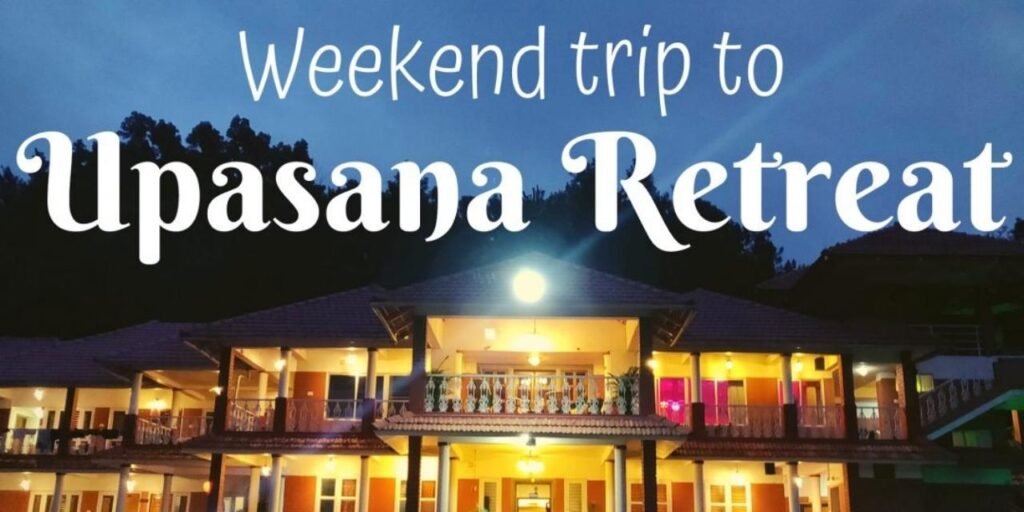For adrenaline junkies, Leh offers a plethora of thrilling activities. Embark on exhilarating treks through the stunning landscapes of Zanskar Valley, indulge in white-water rafting in the gushing rivers, or challenge yourself with mountain biking on rugged terrains.
Experience Ladakhi hospitality as you interact with the warm-hearted locals and savor the flavors of traditional Ladakhi cuisine. Don’t forget to explore the vibrant markets, where you can find intricately crafted handicrafts, vibrant textiles, and unique souvenirs to take home.
Best Time to Visit Leh
The region of Leh Ladakh experiences extreme weather conditions due to its high- altitude desert terrain. To make the most of your visit, it’s crucial to understand the seasonal variations and choose the best time to explore this captivating destination.
Summer (June to August): Summer is the peak tourist season in Leh when the weather is pleasant, and temperatures range from 15°C to 30°C during the day. This is an ideal time for outdoor activities, trekking, and exploring the picturesque landscapes. However, keep in mind that nights can get chilly, with temperatures dropping to around 5°C.
Monsoon (July to September): Leh experiences minimal rainfall, making it a relatively dry region during the monsoon season. While rainfall is scarce, occasional showers may occur. The temperatures remain moderate, ranging from 15°C to 25°C. The monsoon season offers a unique opportunity to witness the lush greenery and blooming flora against the stark desert backdrop.
Autumn (September to October): Autumn in Leh is characterized by pleasant daytime temperatures ranging from 10°C to 20°C and cooler nights. The landscapes transform into a mesmerizing tapestry of golden hues as the foliage changes. This season is ideal for photography enthusiasts and those seeking a peaceful retreat amidst nature.
Winter (November to February): Winter in Leh is characterized by freezing temperatures, with daytime temperatures ranging from -5°C to 10°C and dropping to sub-zero levels at night. The region receives heavy snowfall, and many roads and passes may be inaccessible. However, for adventure enthusiasts, this is the time to experience the thrill of winter sports like skiing and ice trekking.
Spring (March to May): As winter bids farewell, Leh awakens with the arrival of spring. The temperatures gradually start rising, ranging from 5°C to 20°C. This is a beautiful time to witness the blossoming apricot and almond orchards, adding vibrant colors to the landscape. It’s an excellent season for sightseeing, cultural experiences, and witnessing local festivals.
Each season in Leh offers a unique charm and opportunities for exploration. Consider your preferences, weather conditions, and activities of interest when choosing the best time to visit Leh. Remember to check weather updates and road conditions before planning your trip to ensure a safe and enjoyable experience.
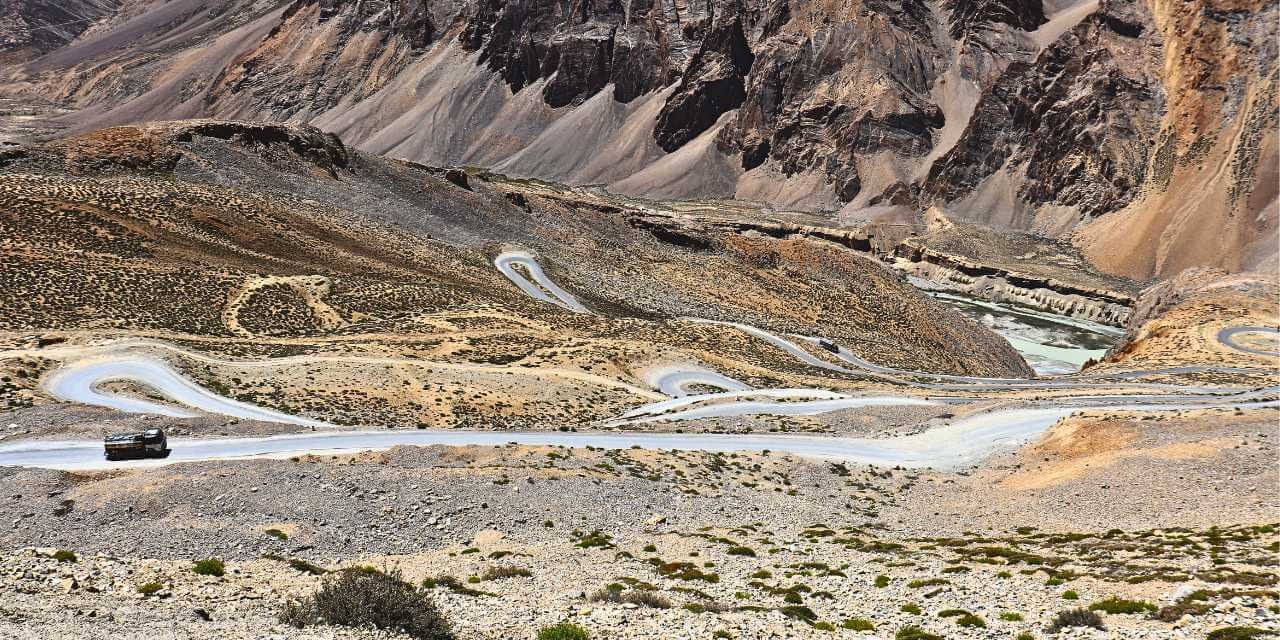
How to Reach Leh: Travel Options and Transportation Tips
Reaching Leh, nestled in the captivating region of Ladakh, requires careful planning due to its remote location and challenging terrain. Here are the travel options and transportation tips to help you reach this enchanting destination:
By Air:
The most convenient way to reach Leh is by air. Kushok Bakula Rimpochee Airport in Leh is well-connected to major cities like Delhi, Mumbai, and Srinagar. Multiple airlines operate regular flights to Leh, especially during the peak tourist season. It is advisable to book your tickets well in advance to secure the best fares.
By Road:
Leh is connected to the rest of India by two main road routes:
- Manali-Leh Highway (via Rohtang La): This scenic route connects Leh to Manali in Himachal Pradesh. The highway remains open from June to September, depending on weather conditions. It offers breathtaking landscapes but requires careful driving due to the challenging terrain and high mountain passes like Rohtang La..
- Manali-Leh Highway (via Atal tunnel): The most preferred way to reach Leh is to take the 9.02 km long Atal tunnel as it significantly reduces the travel distance between Manali and Leh. Additionally, the Atal Tunnel offers a safer and more comfortable journey by avoiding the challenging and treacherous Rohtang Pass.
- Srinagar-Leh Highway: This route connects Leh to Srinagar in Jammu and Kashmir. The highway remains open from May to November. It provides stunning views of the Kashmir Valley and passes through famous attractions like Sonmarg and Drass.
By Bus:
State-run and private buses operate from cities like Srinagar, Manali, and Jammu to Leh. The bus journey can be long and arduous, but it offers a more budget-friendly option for those seeking an adventurous road trip experience. If you are planning a Ladakh trip from Delhi, there are plenty of bus services you can avail for a comfortable journey.
By Motorcycle:
For thrill-seekers and motorcycle enthusiasts, embarking on a road trip to Leh on a two-wheeler is an exhilarating option. You can rent motorcycles from cities like Manali or Srinagar and ride through the scenic mountain passes to reach Leh. However, ensure that you have prior experience in riding on challenging terrains and carry essential safety gear.
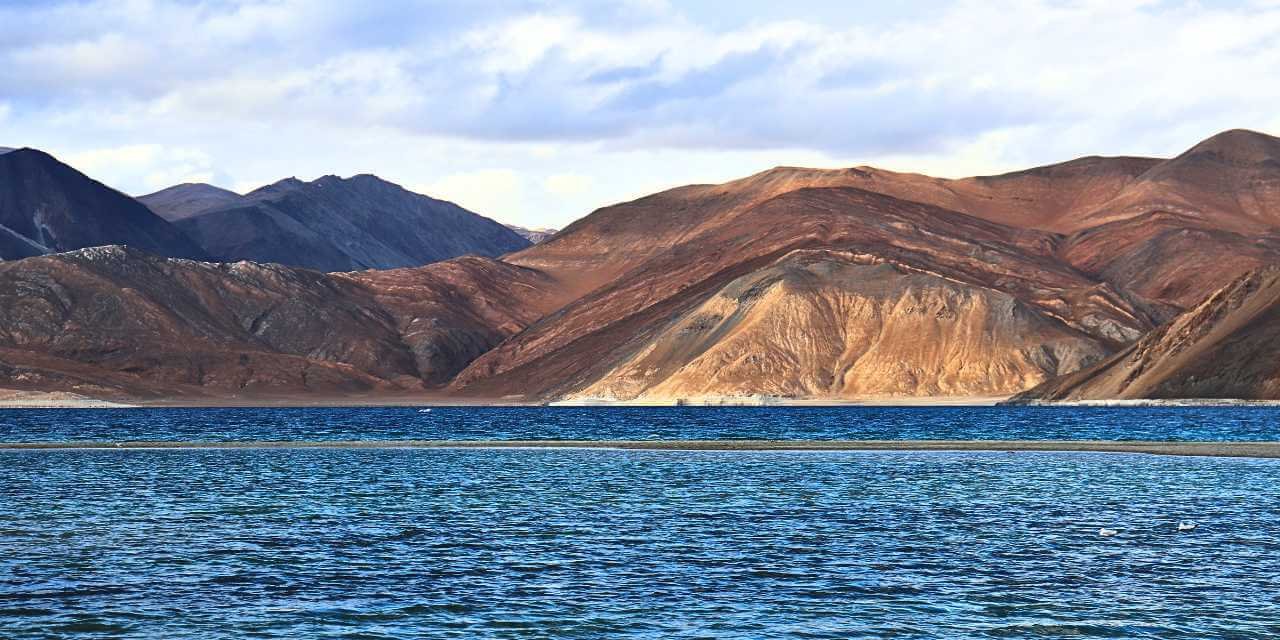
Permits for Leh-Ladakh: A Step-by-Step Guide
Indian tourists and foreigners need an Inner Line Permit (ILP) to visit restricted areas like Nubra Valley, Pangong Tso, Tso Moriri, and Dah Hanu. It can be obtained online or in-person in Leh. The Deputy Commissioner’s Office in Leh is responsible for issuing permits, which have a maximum validity of 15 days for foreigners and 3 weeks for Indian citizens. You can specify the start and end dates within this period for the permit’s validity.
- To apply for permits online, visit the official website www.lahdclehpermit.in of the Ladakh Autonomous Hill Development Council (LAHDC) Leh or Ladakh Tourism Department.
- To apply offline, Visit the permit office in Leh (remains open from Monday – Saturday) Submit the necessary documents and allow one working day for your application to be processed; in general, it takes only a few hours or less.
What is Inner Line Permit cost?
- Environment fee: ₹ 400
- Red Cross donation: ₹ 100
- Wildlife protection fee: ₹ 20/day
Ensure you carry the printed or physical permits with you during your journey in Leh-Ladakh. You may be required to show them at various checkpoints. If you have opted for Leh Ladakh tour packages, the travel agent will take care of the permissions for you to enjoy a relaxing trip.
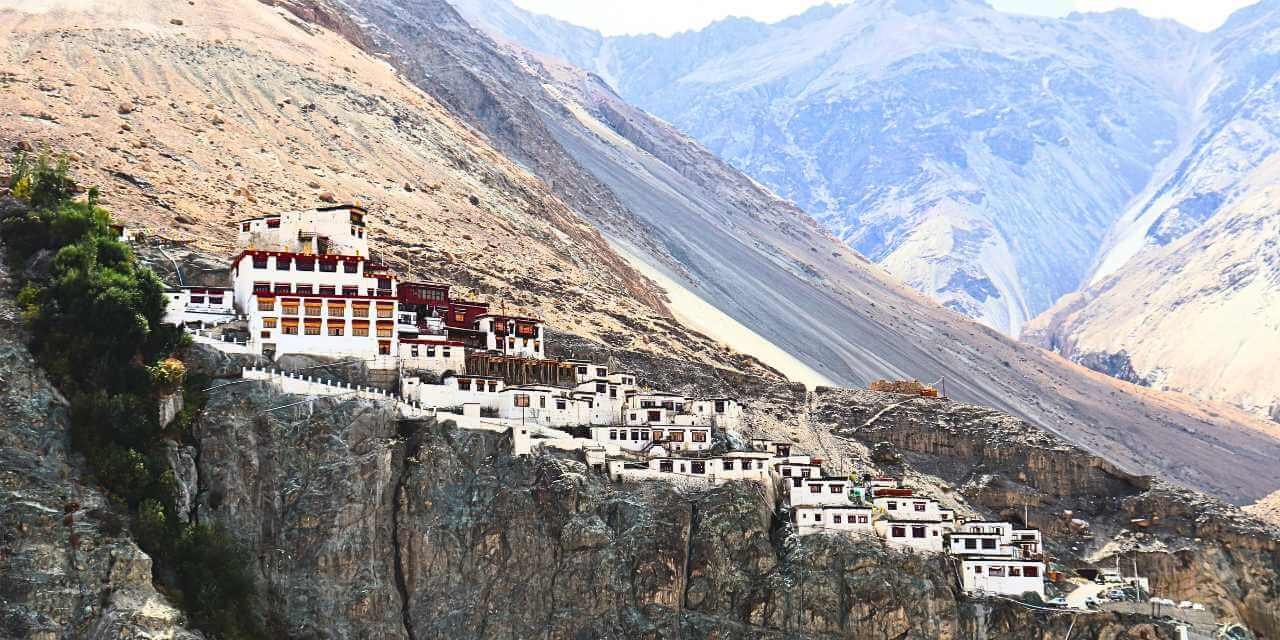
Where to stay in Leh: Top Hotels, Guesthouses, and Homestays
Leh, the mesmerizing town in Ladakh, offers a range of accommodation options that cater to various budgets and preferences. Whether you’re seeking luxury, comfort, or an authentic local experience, here are some top hotels, guesthouses, and homestays in Leh:
The Grand Dragon Ladakh: This luxury hotel offers a blend of traditional Ladakhi architecture and modern amenities. Located in the heart of Leh, it provides spacious rooms, a multi-cuisine restaurant, and stunning views of the surrounding mountains.
The Zen Ladakh: A boutique hotel known for its tranquil ambiance and warm hospitality, The Zen Ladakh offers tastefully decorated rooms, a rooftop restaurant, and a serene garden. It is located in the Changspa area, close to Leh’s main market.
Hotel Singge Palace: Situated in the center of Leh, Hotel Singge Palace offers comfortable rooms with traditional Ladakhi decor. The hotel features a rooftop restaurant, a garden, and panoramic views of the Leh Palace and Stok Kangri range.
Zostel Leh: For budget travelers and backpackers, Zostel Leh provides affordable dormitory-style accommodation, private rooms, and a vibrant social atmosphere. It is located within walking distance from the main market and offers facilities like a common kitchen and a communal lounge.
Guesthouses and Homestays: Leh offers a range of guesthouses and homestays that provide an authentic Ladakhi experience. These accommodations allow you to stay with local families, experience their hospitality, and immerse yourself in the local culture. Examples include The Auspicious Hotel, Padma Guest House, and Reeyork Guest House.
When planning your stay during your Leh Ladakh trip, consider factors such as location, amenities, and reviews from fellow travelers. It is advisable to book your accommodation in advance, especially during the peak tourist season, to secure your preferred choice.
Packing List for Leh-Ladakh: Essential Items for a Hassle-Free Trip
When preparing for your trip to Leh-Ladakh, it’s essential to pack wisely and be prepared for the region’s unique climate and terrain. Here’s a comprehensive packing list to ensure you have everything you need for a comfortable and enjoyable experience:
Clothing:
- Warm jackets and layers: Pack insulated jackets, fleece or woolen sweaters, and thermals to layer up and stay warm in the chilly weather.
- T-shirts and long-sleeved shirts: Carry a mix of lightweight and long-sleeved shirts for varying temperatures.
- Pants and trousers: Pack comfortable pants, preferably quick-drying and sturdy for outdoor activities.
- Warm trousers or thermal leggings: These will come in handy for extra insulation during colder days.
- Scarves, hats, and gloves: Protect yourself from the cold by packing scarves, beanies, and gloves.
- Sturdy hiking shoes: Choose comfortable, waterproof shoes with good grip for trekking and walking on rugged terrain.
- Socks: Carry woolen or thermal socks to keep your feet warm and comfortable.
Essentials:
- Backpack or daypack: Carry a sturdy backpack or daypack for your daily excursions and hikes.
- Sunscreen and lip balm: Protect your skin and lips from the strong sun rays and dry climate.
- Sunglasses: Choose polarized sunglasses to shield your eyes from the bright sunlight and reflection off the snow.
- Hat or cap: Carry a wide-brimmed hat or cap for sun protection.
- Water bottle: Stay hydrated by carrying a reusable water bottle. It’s important to drink plenty of water in the high-altitude environment.
- Medications: Pack any necessary medications, including those for altitude sickness, headaches, and common ailments. Consult your doctor before traveling.
- First aid kit: Carry a basic first aid kit with essential supplies like band-aids, antiseptic cream, pain relievers, etc.
- Personal toiletries: Include items like toothbrush, toothpaste, soap, shampoo, moisturizer, etc.
- Power bank and charger: Keep your electronics powered up with a portable charger and the necessary chargers for your devices.
Miscellaneous:
- Cash: Carry sufficient cash as ATMs may be limited in some areas. Inform your bank about your travel plans to avoid any card issues.
- Travel adapters: Depending on your home country, bring the necessary travel adapters to charge your devices.
- Maps and guidebooks: Carry maps and guidebooks to navigate the region and learn more about its attractions.
- Camera and accessories: Capture the stunning landscapes with your camera and pack spare batteries, memory cards, and a tripod if needed.
- Snacks: Carry energy bars, chocolates, or other snacks for quick bites during your outdoor adventures.
- Remember to pack light and prioritize essential items. Layer your clothing to adapt to varying temperatures and check the weather forecast before your trip.
Tips for Altitude Sickness in Leh: Preventive Measures and Remedies
Altitude sickness, also known as acute mountain sickness (AMS), can be a concern when traveling to high-altitude destinations like Leh. To ensure a safe and enjoyable experience, consider the following tips for preventing and managing altitude sickness:
Acclimatize Gradually:
Plan your itinerary to include a gradual ascent, allowing your body time to adjust to the high altitude. Spend the first couple of days in Leh for acclimatization before venturing to higher altitudes. Avoid strenuous activities for the first 24 to 48 hours to give your body time to adapt.
Stay Hydrated:
Drink plenty of water to stay hydrated, as the dry climate and high altitude can cause dehydration. Aim for at least 3-4 liters of water per day. Avoid excessive alcohol consumption and caffeine, as they can contribute to dehydration.
Eat Light and Healthy:
Consume small, frequent meals that are high in carbohydrates and low in fat. Avoid heavy and greasy meals that can make digestion difficult at higher altitudes. Include foods rich in potassium, such as bananas and leafy greens, as they can help alleviate altitude-related symptoms.
Avoid Smoking:
Smoking can exacerbate the symptoms of altitude sickness. If you’re a smoker, consider quitting or reducing your smoking during your time in high-altitude regions.
Medications:
Consult your healthcare provider before your trip to discuss medications that can help prevent or alleviate altitude sickness symptoms. Acetazolamide (Diamox) is a commonly prescribed medication that aids in acclimatization. Carry necessary medications like pain relievers, anti-nausea medications, and anti-diarrheal medicines in case of any discomfort.
Rest and Sleep Well:
Get plenty of rest and prioritize a good night’s sleep. Fatigue can worsen the symptoms of altitude sickness.
Avoid Rapid Ascent:
Avoid rapid ascent to higher altitudes, as it increases the risk of altitude sickness. If traveling by road, choose the routes that allow for a gradual ascent, such as the Manali-Leh or Srinagar-Leh highways.
Recognize Symptoms and Descend if Necessary:
Be aware of the symptoms of altitude sickness, which can include headaches, dizziness, nausea, fatigue, loss of appetite, and shortness of breath. If you experience severe symptoms, descend to a lower altitude immediately and seek medical attention if needed.
Remember, altitude sickness can affect anyone, regardless of age or physical fitness. It’s important to listen to your body, take necessary precautions, and seek medical help if symptoms worsen or persist.
Local Transportation in Leh: Getting Around the Region
When exploring the beautiful region of Leh, it’s essential to familiarize yourself with the local transportation options available. While the town itself is relatively small and walkable, reaching nearby attractions and remote areas requires alternative modes of transportation. Here are the main options for getting around Leh:
Taxis:
Taxis are a popular and convenient mode of transportation within Leh. You can easily find taxis at designated taxi stands or arrange for one through your accommodation. Negotiate the fare before starting the journey or consider using pre-paid taxi services for transparency.
Shared taxis are also available, where you share the ride and cost with other passengers heading in the same direction. This is a budget-friendly option for short distances or popular tourist routes.
Motorcycles:
Renting a motorcycle in Leh is a popular choice for travelers who wish to explore the city and its surroundings at their own pace. Several rental agencies offer bicycles and motorcycles for daily or multi-day rentals. Ensure you have the necessary driving license and wear appropriate safety gear while riding.
Public Buses:
Leh has a limited network of public buses that connect the town with nearby areas. These buses are mainly used by locals and can be crowded. Check the bus schedules in advance and be prepared for longer travel times.
Food and Dining in Leh: Must-Try Dishes and Popular Restaurants
When it comes to food and dining in Leh, you can expect a delightful blend of local Ladakhi cuisine, Tibetan specialties, and a range of international dishes. Here are some must-try dishes and popular restaurants to enhance your culinary experience in Leh:
Must-Try Dishes:
- Momos: These Tibetan dumplings are a local favorite. Stuffed with various fillings like vegetables, meat, or cheese, momos are usually served with spicy chili sauce.
- Thukpa: A hearty noodle soup with vegetables or meat, thukpa is a popular comfort food in the region.
- Skyu: A traditional Ladakhi dish made with wheat pasta, vegetables, and meat, cooked in a flavorful broth.
- Chhurpi Soup: This soup features a traditional Ladakhi cheese called chhurpi, cooked with vegetables and local spices.
- Butter Tea: A unique Ladakhi specialty, butter tea is a hot beverage made with tea leaves, yak butter, and salt. It is a staple drink in the region and provides warmth in the cold climate.
Make sure you add a few of the below popular restaurants in your Leh Ladakh itinerary:
- Lamayuru Restaurant: Known for its cozy ambiance and Ladakhi/Tibetan cuisine, Lamayuru Restaurant offers a variety of dishes, including momos, thukpa, and local Ladakhi specialties.
- Gesmo Restaurant: A popular spot among locals and tourists alike, Gesmo Restaurant is famous for its delectable burgers, sandwiches, and pizzas.
- Bon Appetit: This restaurant serves a mix of Indian, Chinese, and Continental dishes. It’s known for its warm hospitality and stunning views of the Leh Palace.
- Pumpernickel German Bakery: A must-visit for freshly baked bread, pastries, and desserts. The bakery also serves breakfast options and delicious sandwiches.
- Tibetan Kitchen: Experience authentic Tibetan flavors at Tibetan Kitchen, where you can savor dishes like tingmo (Tibetan steamed bread), thenthuk (hand-pulled noodle soup), and momos.
Remember to try the local Ladakhi butter tea and indulge in Ladakhi desserts like apricot jam, almond cookies, and chhurpi pudding for a complete culinary experience.
Here are the top places to visit in Leh:
- Leh Palace: A magnificent nine-storey palace built in the 17th century, offering panoramic views of the city and surrounding landscapes.
- Thiksey Monastery: One of the most famous monasteries in Ladakh, known for its architectural beauty, stunning murals, and a 15-meter-high statue of Maitreya Buddha.
- Shanti Stupa: A white-domed Buddhist stupa perched on a hilltop, providing breathtaking views of the city and the surrounding mountains.
- Hemis Monastery: The largest and wealthiest monastery in Ladakh, renowned for its annual Hemis Festival and its impressive collection of ancient relics and Thangkas (religious paintings).
- Pangong Tso Lake: A mesmerizing high-altitude lake situated at an elevation of about 4,350 meters (14,270 feet), renowned for its crystal-clear blue waters that change color throughout the day.
- Tsomoriri Lake: Also known as Lake Moriri, it is a stunning high-altitude lake located in the Changthang region of Ladakh, India. It is one of the largest high-altitude lakes in the Trans-Himalayan region and offers breathtaking natural beauty.
- Nubra Valley: A picturesque valley known for its breathtaking landscapes, sand dunes, and the opportunity to ride double-humped Bactrian camels.
- Magnetic Hill: A fascinating natural phenomenon where vehicles appear to defy gravity and roll uphill, creating an intriguing optical illusion.
- Alchi Monastery: An ancient monastery known for its exquisite wall paintings, dating back to the 12th century, and displaying a fusion of Indian and Tibetan artistic styles.
- Lamayuru Monastery: One of the oldest and most significant monasteries in Ladakh, known for its lunar-like landscapes and the annual Masked Dance Festival.
- Khardung La Pass: One of the highest motorable passes in the world, offering breathtaking views of the surrounding snow-capped mountains and serving as a gateway to the Nubra Valley.
- Zanskar Valley: It is a remote and breathtakingly beautiful region located in the eastern part of Ladakh, India. It is known for its rugged landscapes, ancient monasteries, and adventure opportunities.

